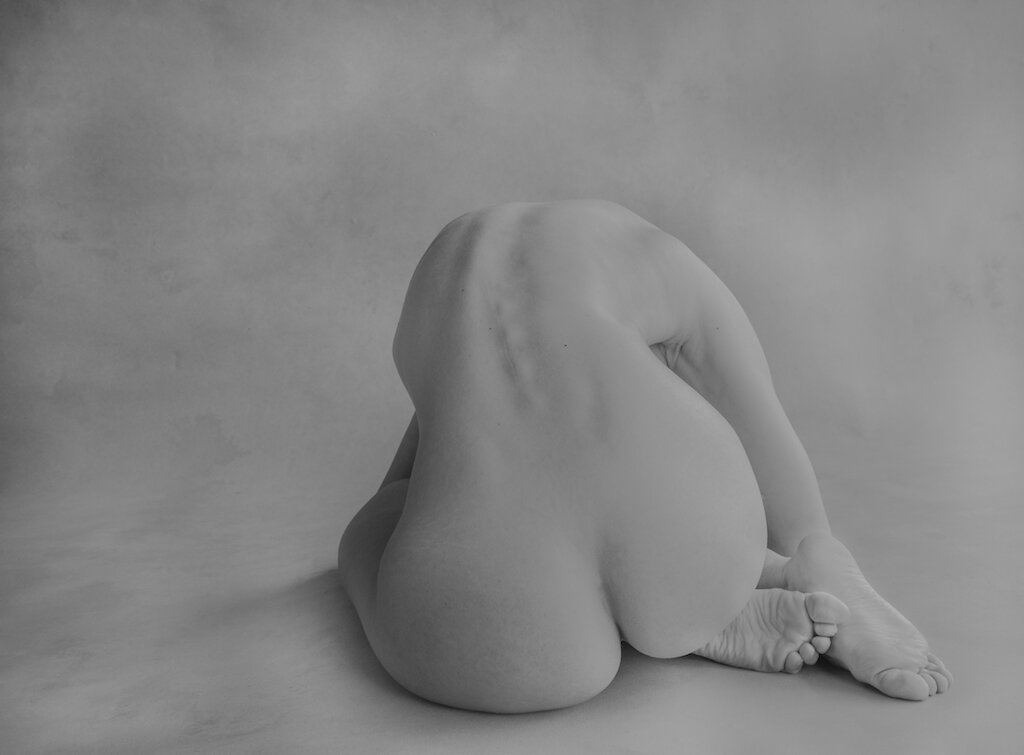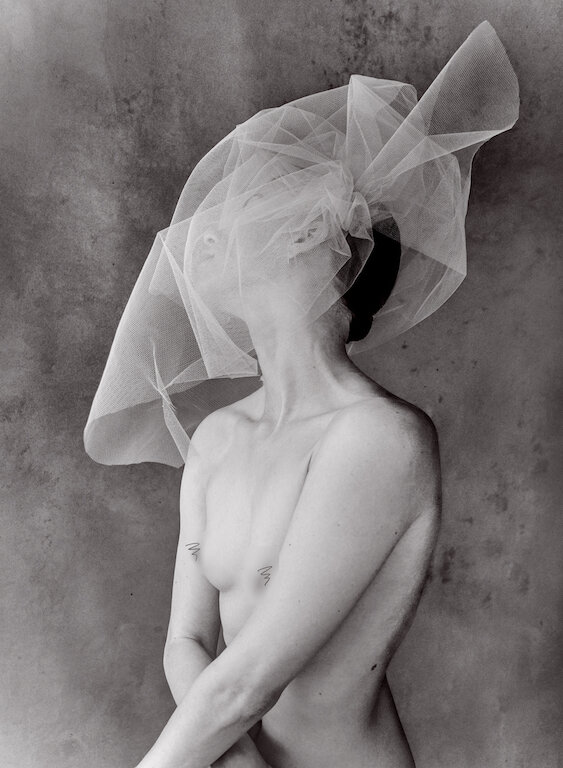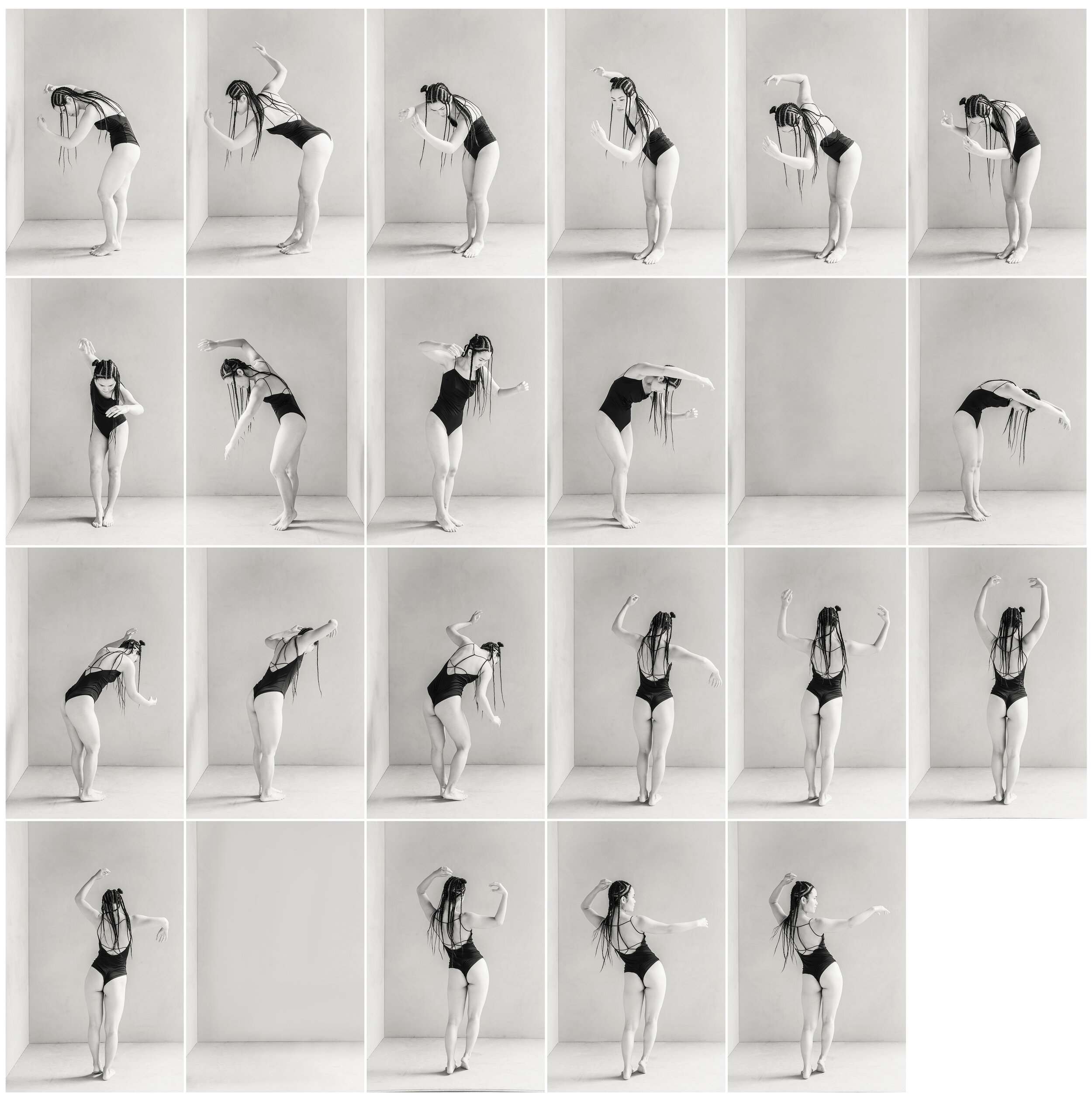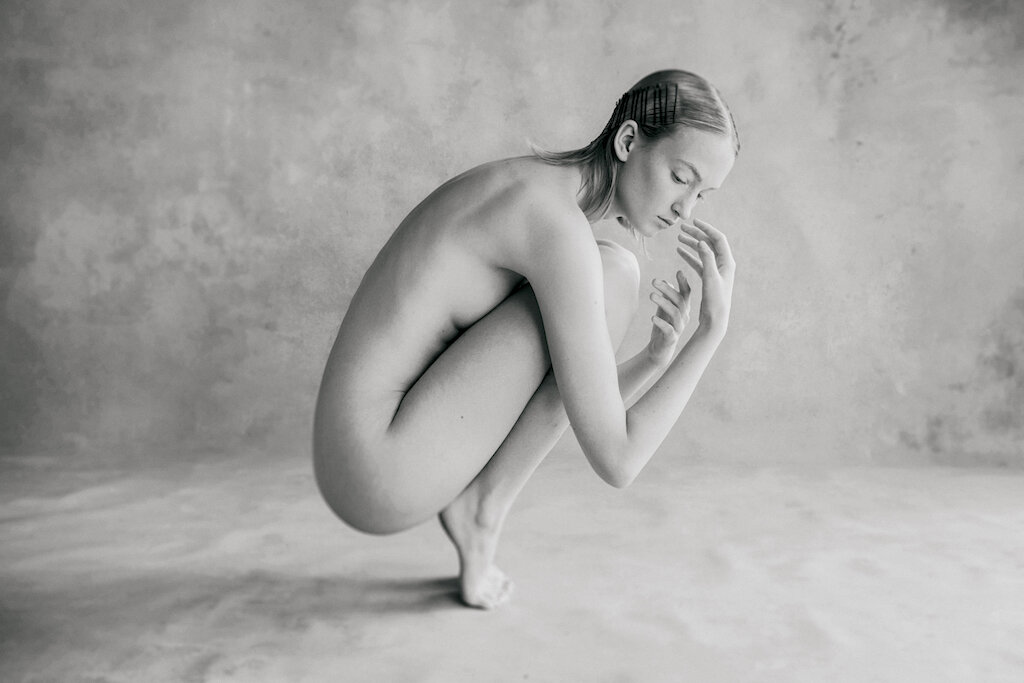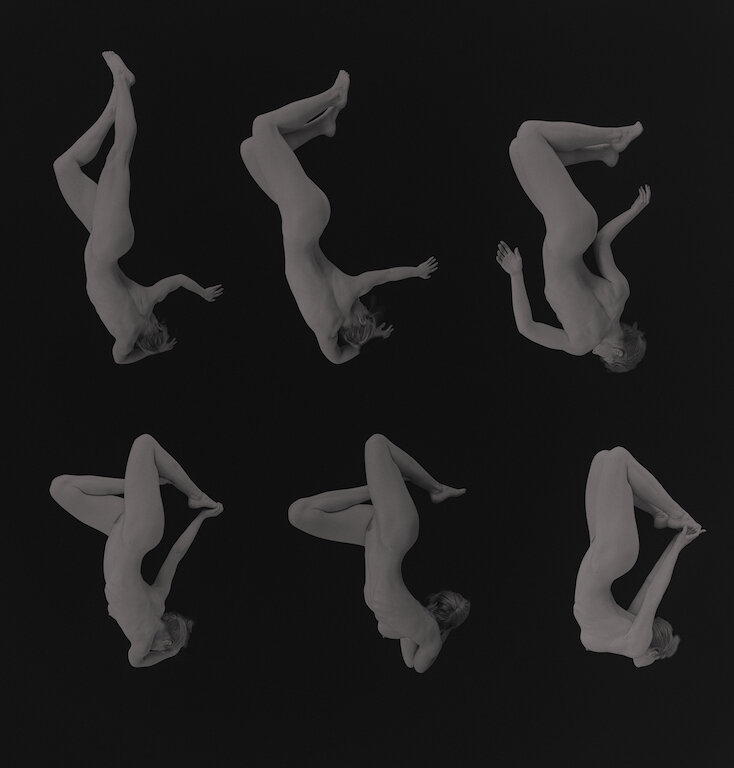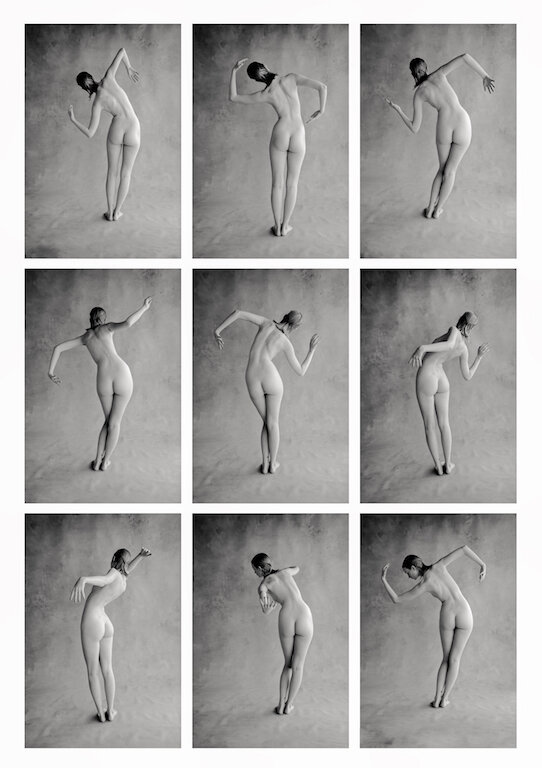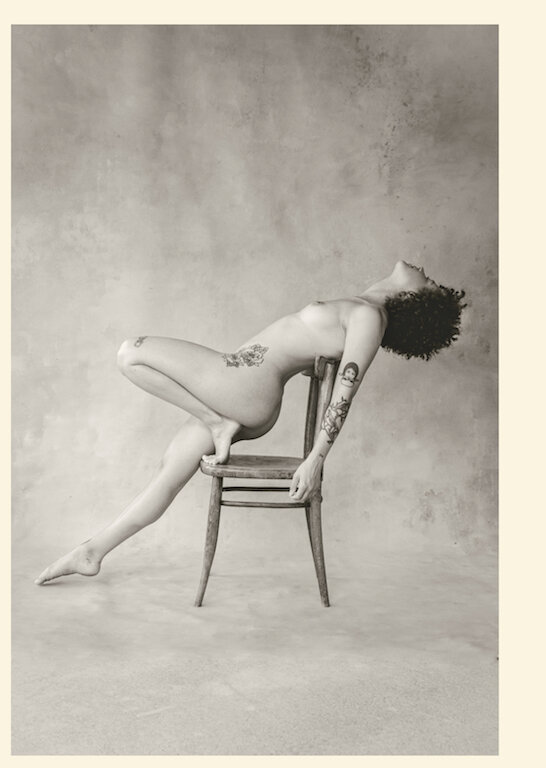ON COLLODION PHOTOGRAPHY, QUARANTINE AND GENDER an interview with SEVILAY MARIA
Contesting the static binary male-female classification, the work of Sevilay Maria van Dorst (b.1984, the Netherlands) touches on the expansive grey zone that exists between the sexes. Whether hormonally, genetically or culturally, her subjects seem to not fit any narrow definition of ‘gender’. In her project ‘#MYOWNGENDER’, she uses the 19th century collodion wet-plating technique to illuminate intimate and vulnerable portraits of her non-binary subjects. Additionally, her latest project, ‘Quarantaine’, explores the concepts of isolation and loneliness through body language and the medium of photography.
How did you come across the collodion wet-plating technique and when did you decide to almost completely let go of digital photography?
As a photographer, I embody a similar paradox as my work, merging the artistic creative with a boldly disciplined chemist. The storms of my past granted me with an inexhaustible drive and affection for the challenging way out. And so, while I am an experienced digital photographer as well, it was the complexity of collodion wet-plating that has drawn me towards choosing this specific photography technique that relies on meticulous execution of the chemical process involved.
Your series ‘#MYOWNGENDER’ is a project that strives to challenge existing conventions surrounding gender, and you have worked on it for the past three years. How do you look back at the series now?
Gender means something different to everyone. Really. I have lost track of the times I have asked this question, but none of the answers have ever been the same. Technically speaking, gender is considered to consist of three parts: sex, gender identity and gender expression. I’ve learned everything about the concept along the way. From research, natural curiosity, and most of all, from the models who’ve educated me throughout the process.
Besides a book, a podcast, an educational programme, an online platform and multiple documentaries, the main element of the ‘#MYOWNGENDER’ project is a travelling art installation fusing photography with audio, video, and written word. A unity showcasing all the nuances of gender.
Models who redefine society’s traditional gender spectrum are captured on black glass through collodion wet plating and share their stories in a short interview. No matter what their pronoun may be. No matter how young or old they are. Their background or religion didn’t matter either. Consequently, the viewer becomes the one being viewed – even if it’s just for a second.
I was ready to show the world this project, but because of COVID-19, I had to postpone the opening of ‘#MYOWNGENDER’ at the expo hall of OBA (the public library in Amsterdam).
What then defines the moment when you decide to press the shutter?
There is a long exposure time with the collodion wet-plate technique. It takes up to a few minutes sometimes. It is an elusive interplay between the photographer, subject and the elements, as well as a precise chemical process. Every single speck of dust, every drip of collodion, every second that is passing affects the final image. Even humidity and temperature play a significant role in the process.
Inspired by imperfectionist Sally Mann, I embrace this historical method of photography and its means of co-creation, where collodion wet-plating builds upon impeccable chemistry between the photographer and subject as well as the technical aspects involved. With my team, we create an image beforehand, so it becomes quite clear when to open the lens and close it again.
Due to the global outbreak of the COVID-19, we were all confined in our homes. You took this quarantine period as an opportunity to create a new series: ‘Quarantaine’. How was it creating for you at the time?
As my opening got cancelled, I felt the need to express my feelings during this extraordinary period. I invited dear friends to pose and we all found comfort in creating and expressing the feelings we all felt. It was a new experience for all of us. The series is ongoing, and I am very curious how it will develop over time.
